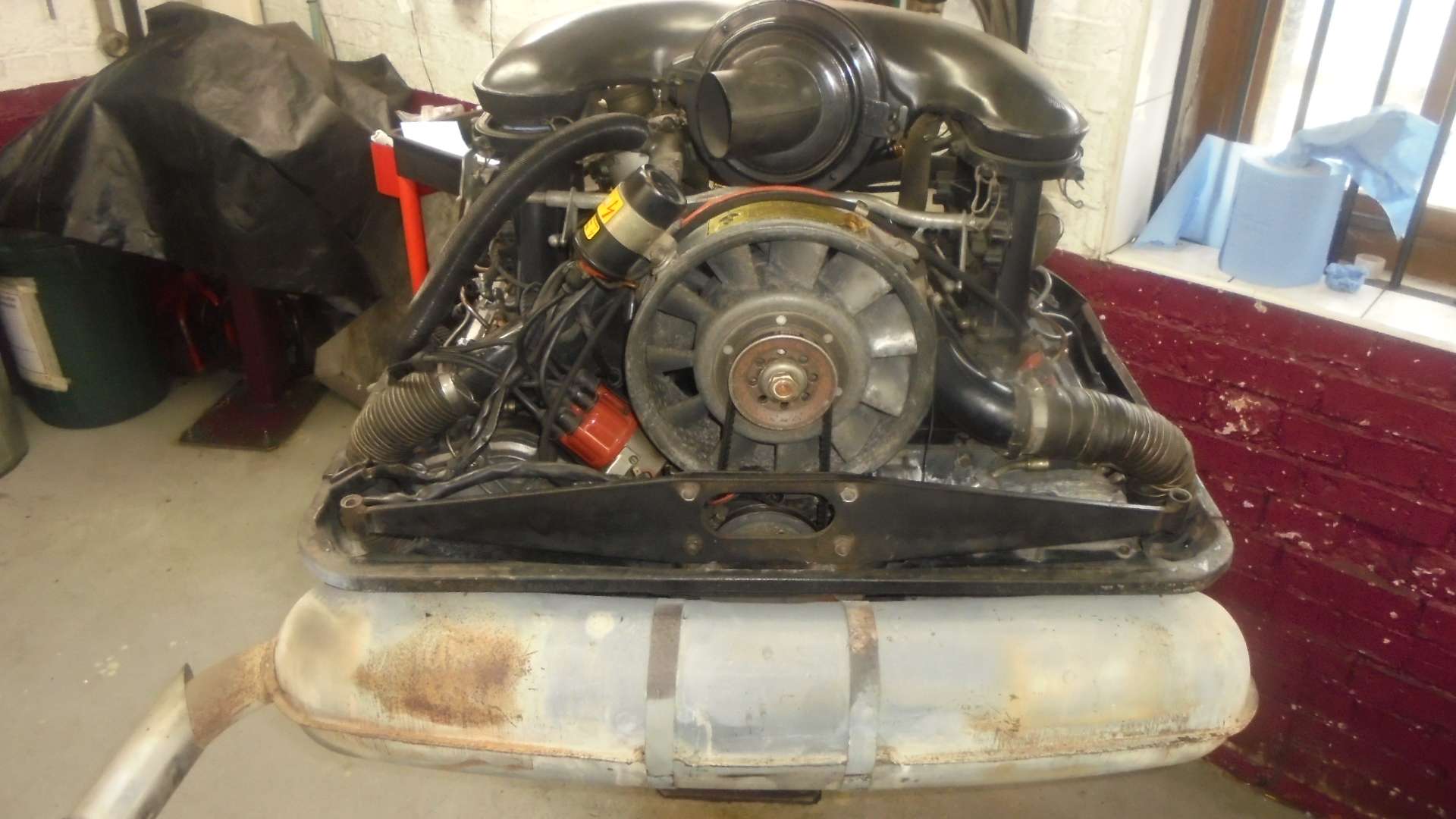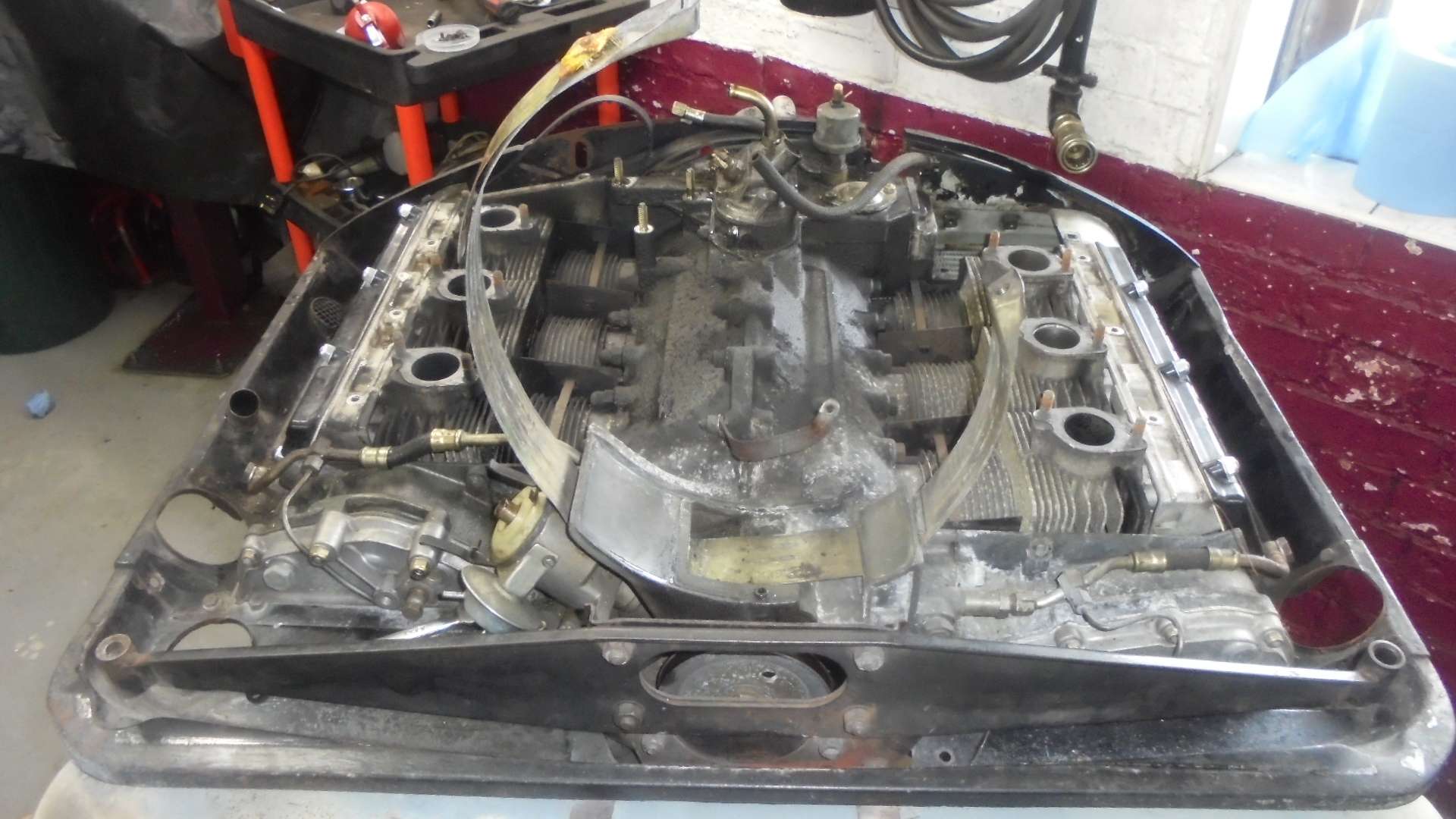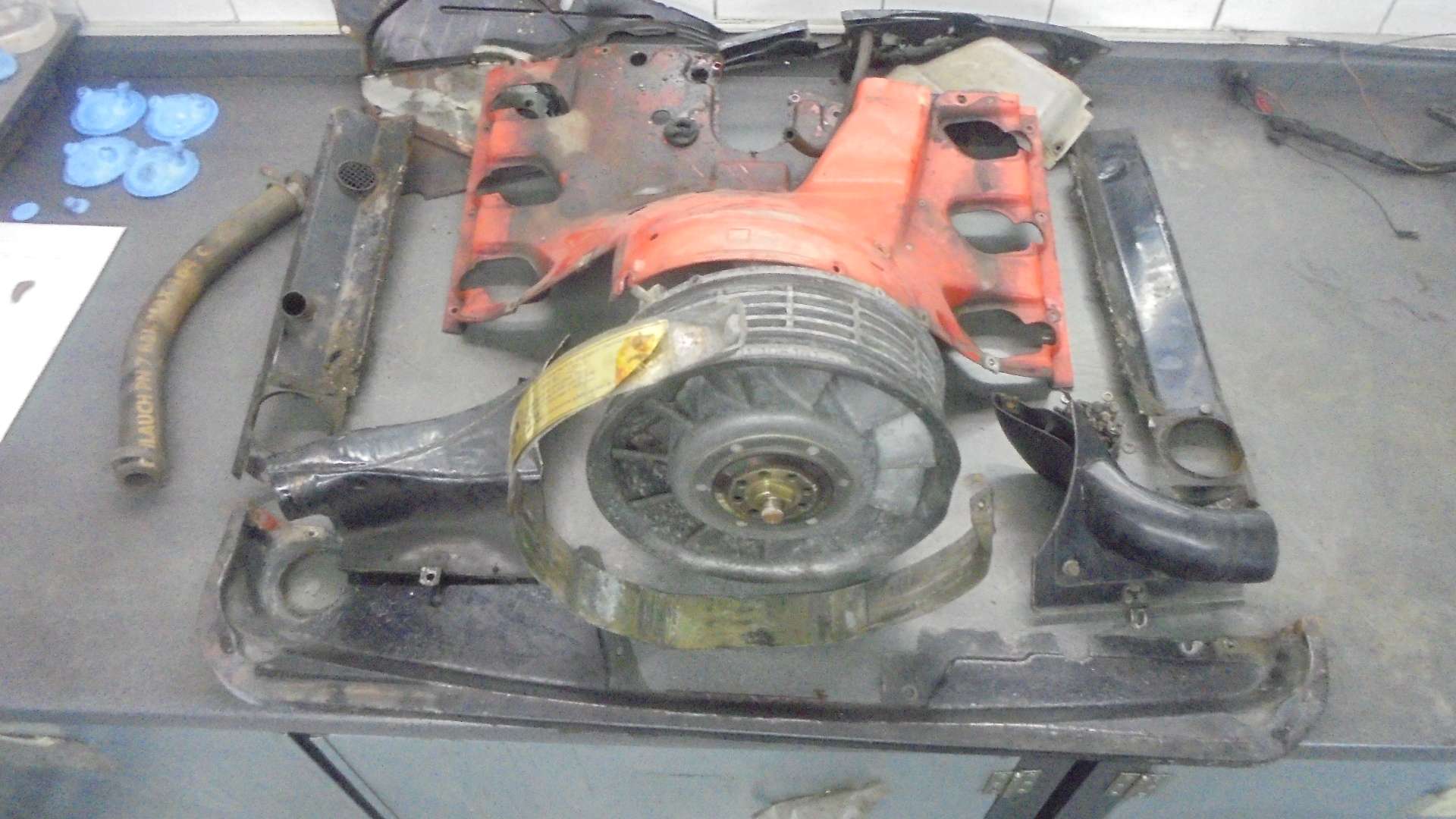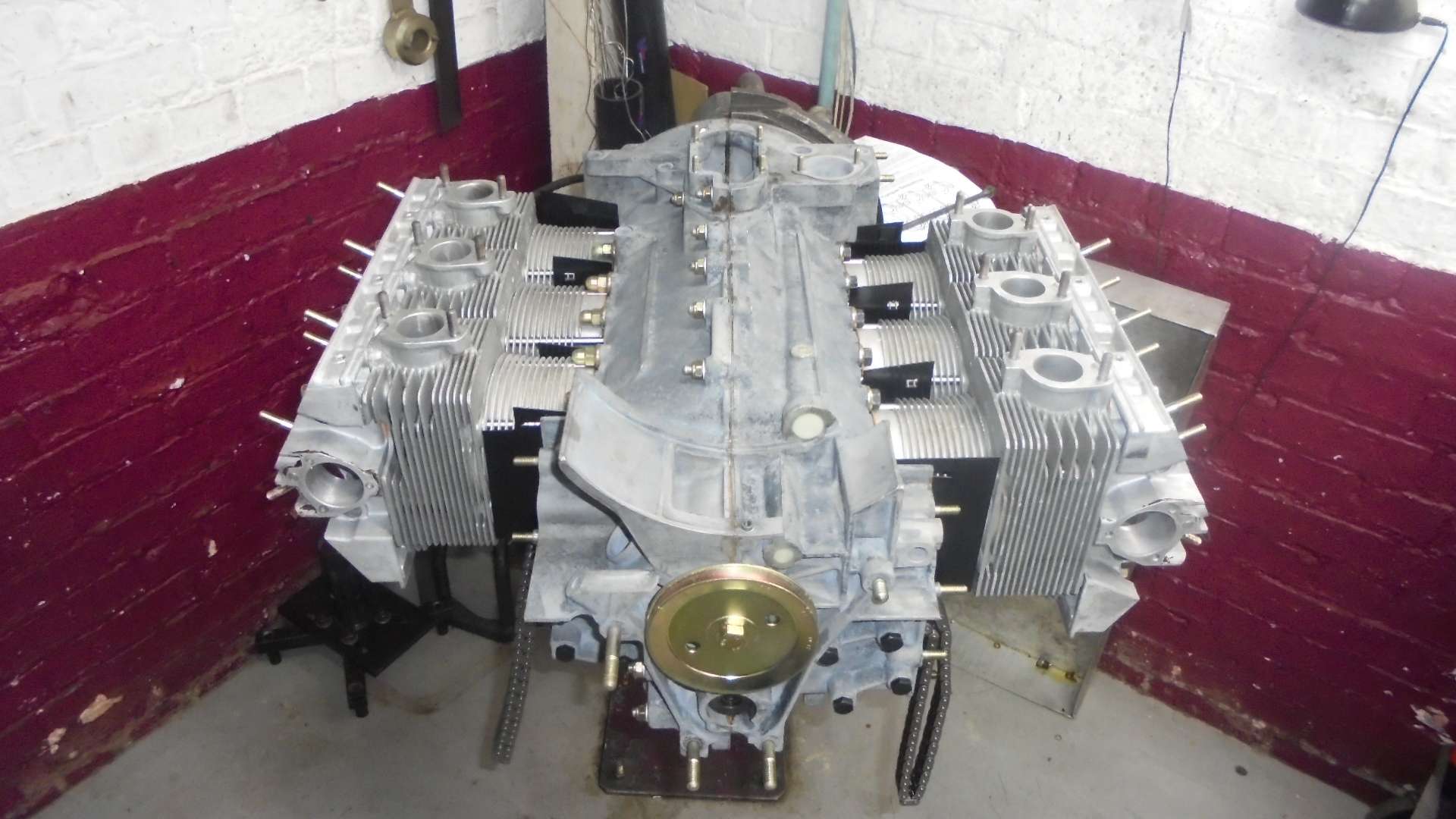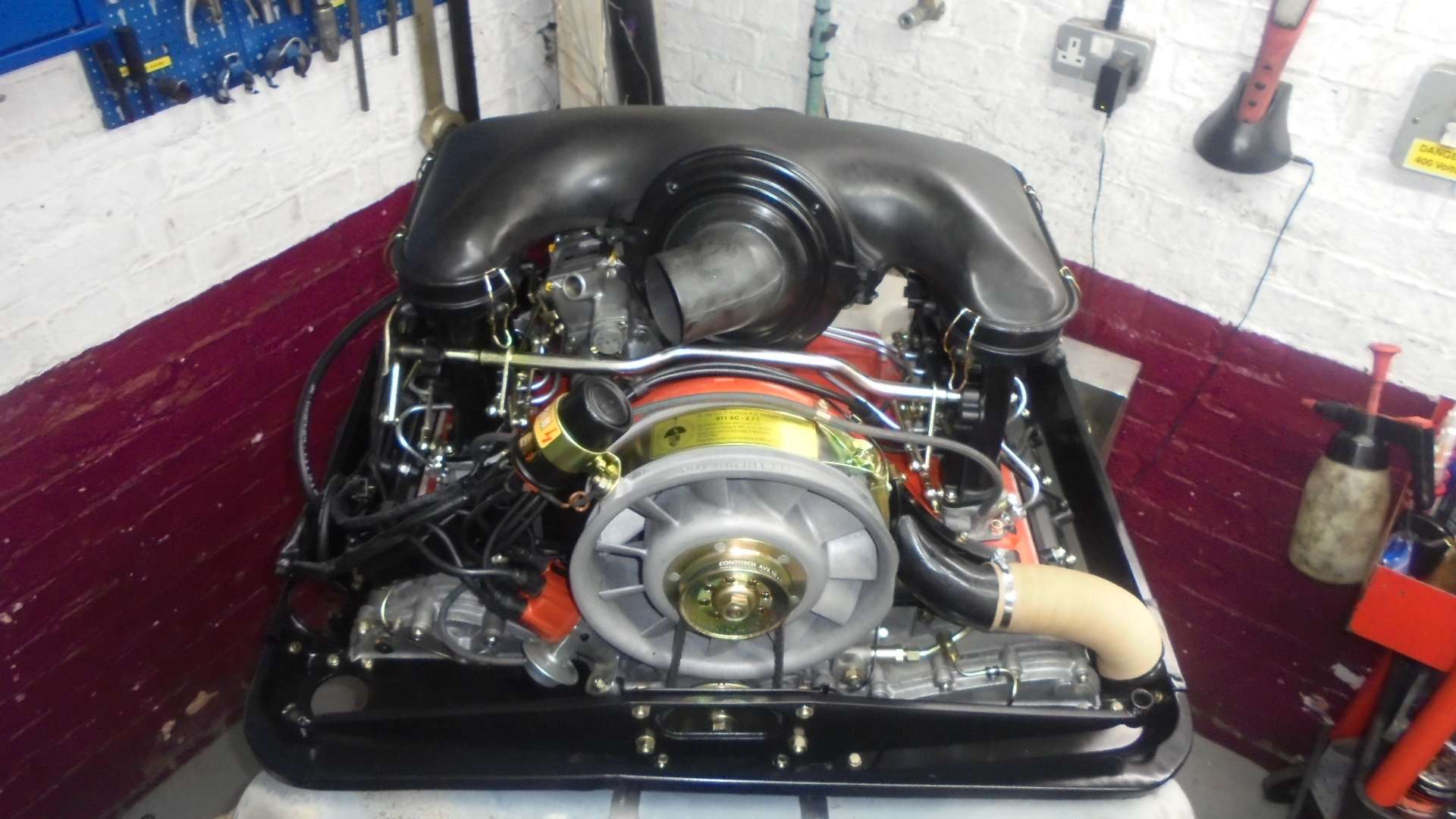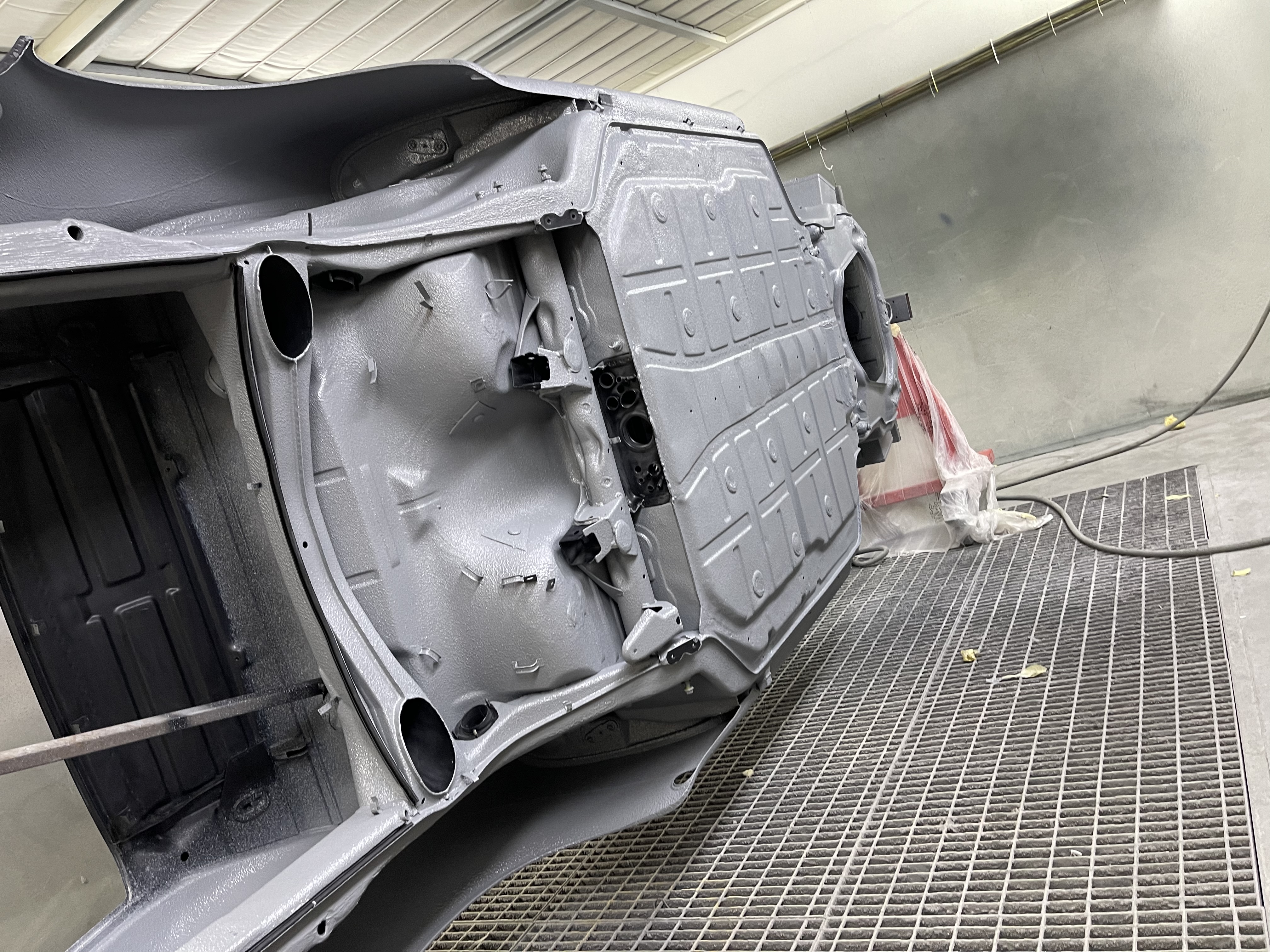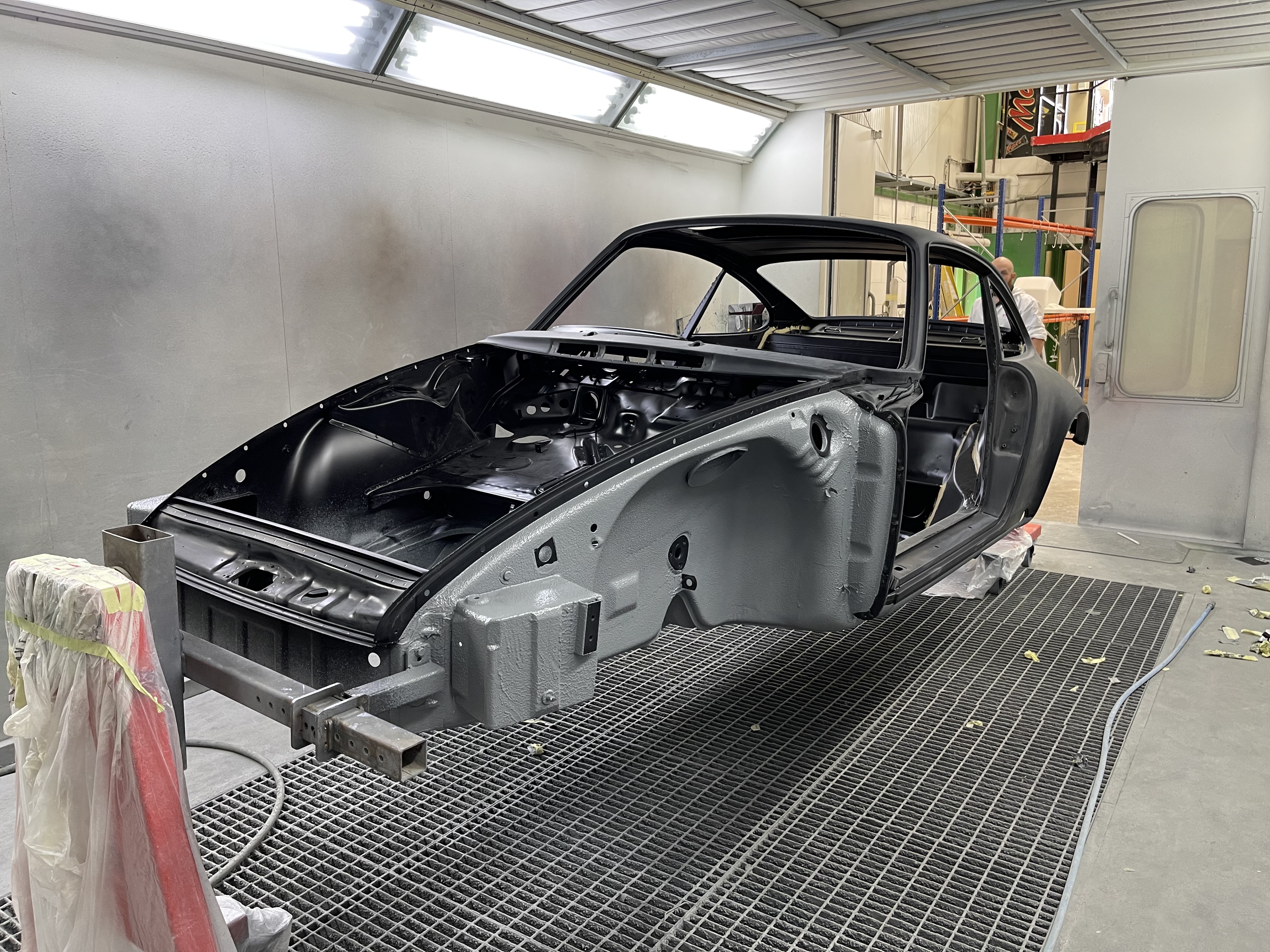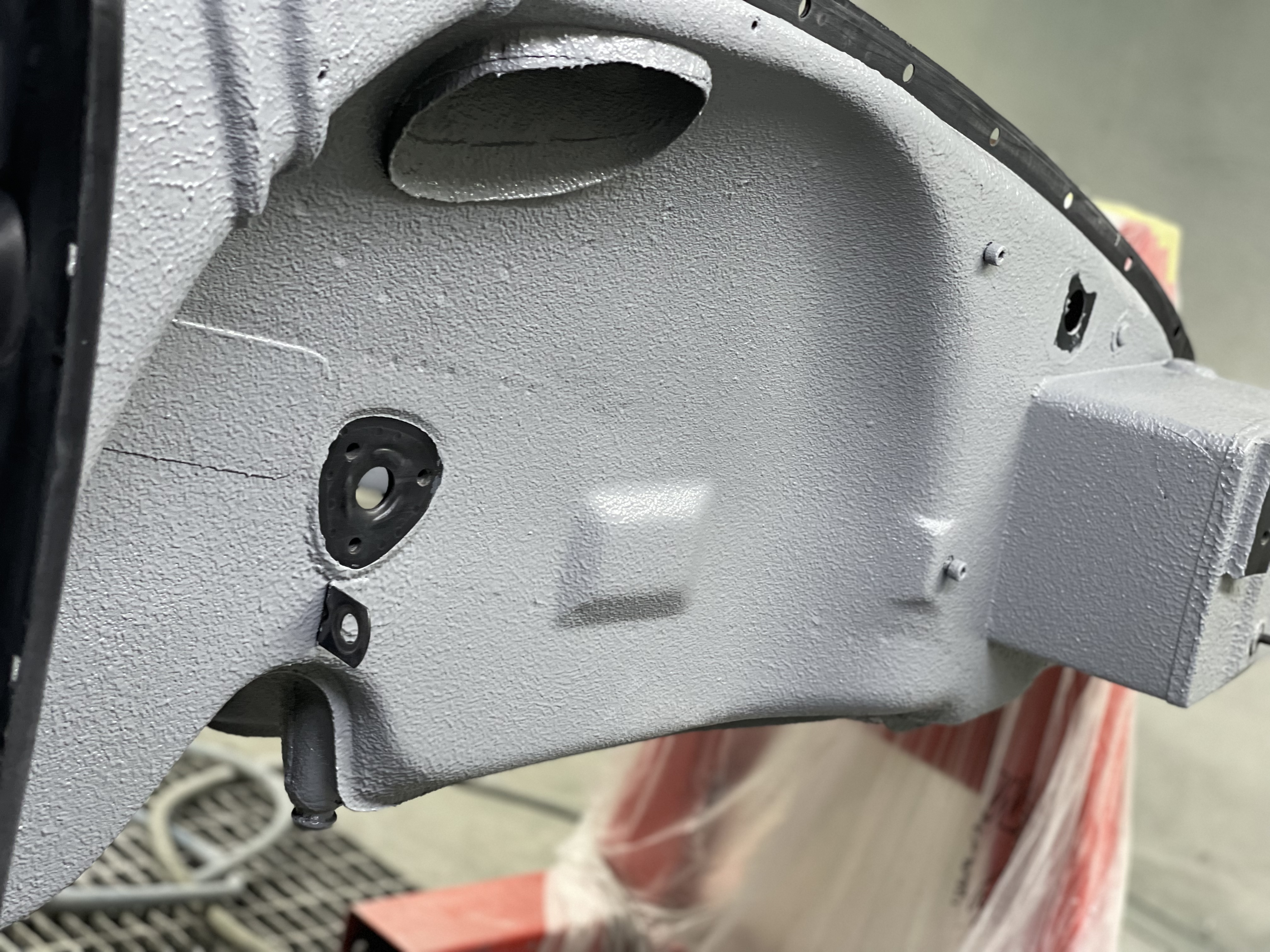Preserving A Classic 911 Carrera 2.7RS Touring
Continuing the story of the preservation project for the beloved 1973 2.7 RS, we will now delve into the various elements that were tackled to ensure this masterpiece of a car remains in pristine condition for years to come.
The engine underwent a complete transformation, a rebirth if you will, stripped down to its very core, evaluated with a keen eye for detail, measured to the finest tolerances and meticulously documented. Any components that didn’t meet the exacting standards were promptly replaced with new ones, including cams, barrels, pistons, main bearings, chains, tensioners, guides, and sprocket wheels, to name a few.
But that wasn’t all. The full magnesium crankcase received a majestic restoration, worthy of a masterpiece. It involved a shuffle pinning technique that added strength to the already resilient casing, while line honing ensured a perfectly smooth surface. Case savers, decking of the faces, and oil bypass modifications added another layer of robustness to the bottom end of the engine, making it virtually bulletproof.
As for the injection pump, it underwent an overhaul that breathed new life into its veins, while the butterflies received a cosmetic makeover. Plating and powder coating were also done where necessary, adding the finishing touches to the meticulous refinishing process, which made the engine look brand new.
This was no ordinary transformation; it was a work of art, a true labour of love. The whole process involved a lot of skill, patience and attention to detail, but the result was nothing short of magnificent. The engine was now ready to roar, to conquer any road or track, and to do it with style and confidence. It was a thing of beauty, a mechanical marvel, a masterpiece in motion.
Paint
The paintwork of a vehicle is more than just an aesthetic choice; it is the primary line of defence against the elements that can harm the bodywork. That’s why we take the painting process seriously, starting with the application of primer and colour that matches the original primers. Once the colour is applied, modern sealers are added to replicate the original sealer colour patterns and textures, creating a robust protective layer over the bodywork.
But that’s not all. We go above and beyond to ensure a flawless finish, applying a luxurious helping of Grand Prix White in the areas of focus, ensuring that every detail is perfect. Not content with simply painting the exterior, we also apply paint to the inside of the boot and engine bays, replicating the original factory finish and ensuring that the entire vehicle is protected from the elements.
We take great pride in our work, ensuring that every paint job is completed to the highest standard. Our attention to detail, use of modern techniques and materials, and commitment to excellence ensures that your vehicle will not only look stunning but will also be well-protected for years to come. So, whether you’re looking to refresh the paintwork on your classic car or add some flair to your daily driver, you can trust us to get the job done right.
Dry Build
After a vehicle’s had extensive metal work, the vehicle is sat on the original chassis jig to make sure all the suspension pickup points are aligned in the correct place.
When any new metal work has been added to a car, we like to do a cursory dry build, which is essentially assembling the key panels to finish the car in terms of its gapping and panel fit.
The dry assembly includes things like door handles, light units, horn grilles, bumpers, doors, window frames etc. Any key fitting items such as, fuel tanks and oil tanks will all be installed in the car to make sure that the key pick up points, fixings and panel gaps are all correct to our own high expected standards. If there is an issue with something, then obviously this is the time we can deal with it prior to it going to paint.
The main objective is that when we’re doing the final assembly of the car, after it’s been stripped, after it’s had metalwork, after it’s had paint, we should be able to finally assemble the car.
There should be no need to do any drilling or modifying of anything in that body shell, it should all be done at the dry build stage.


Follow Us
Join

